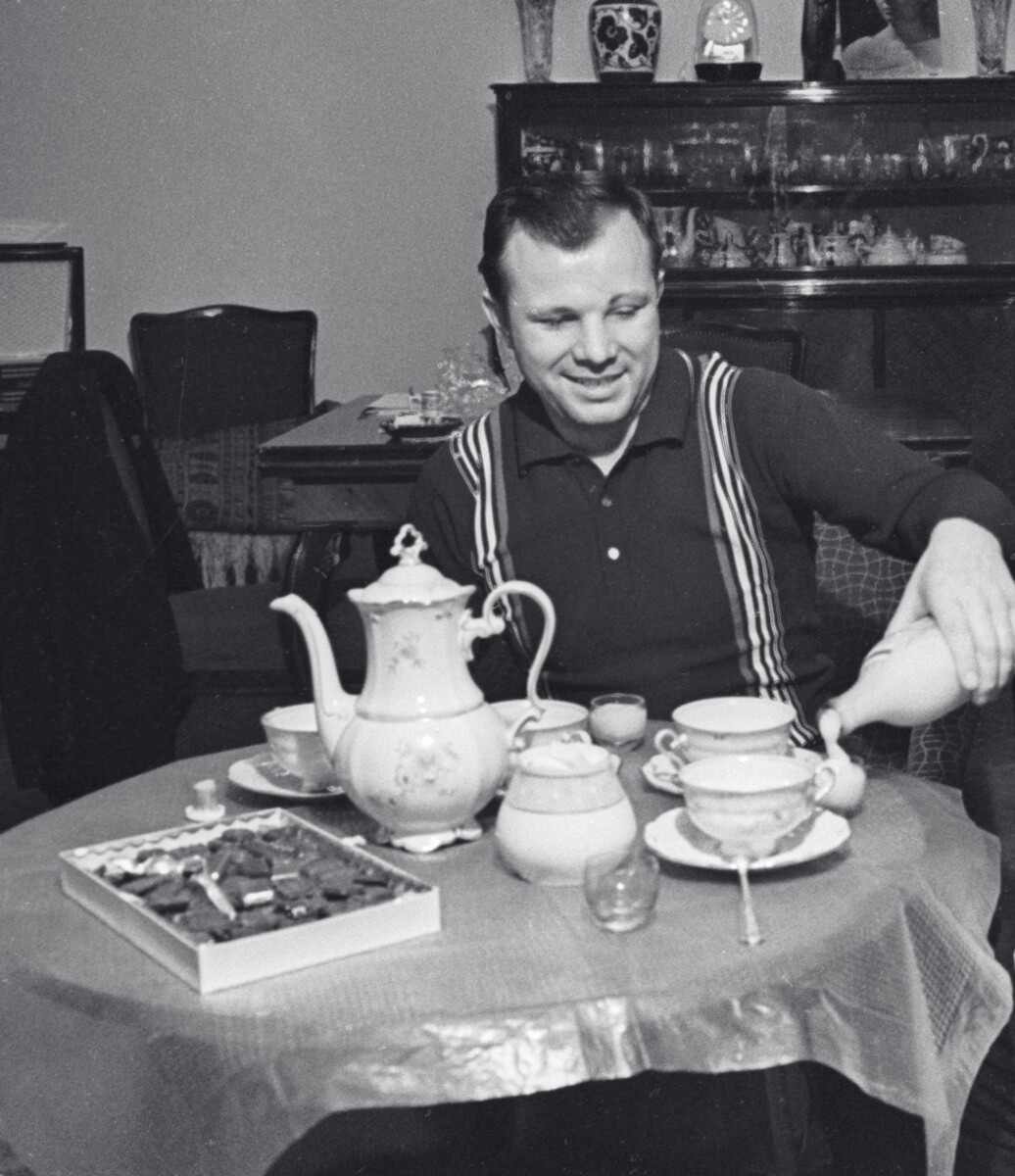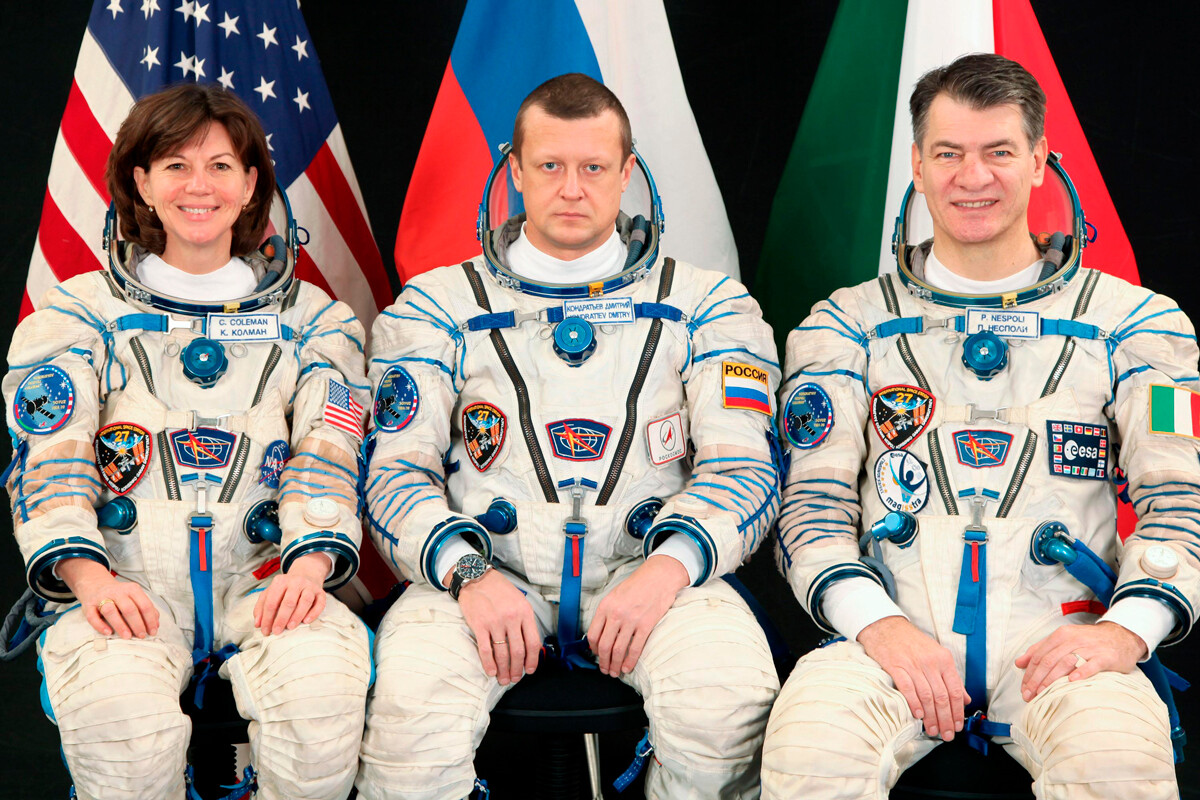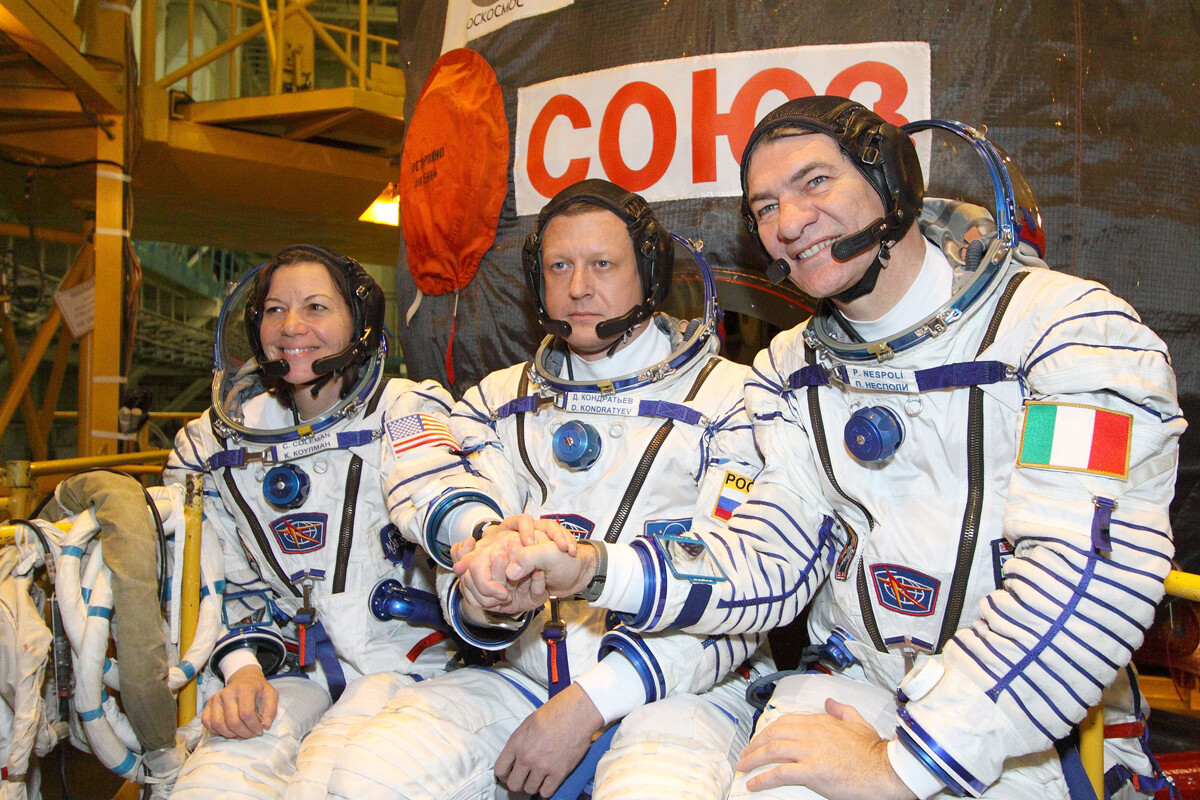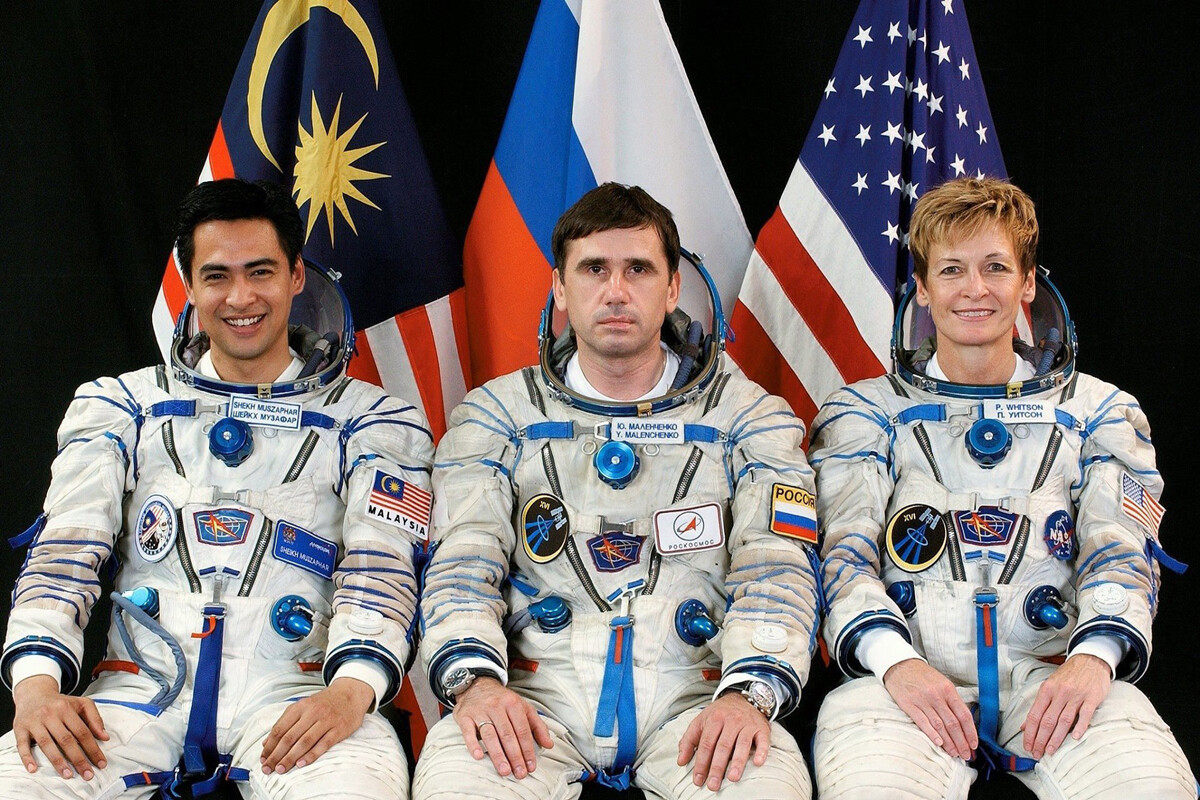
The financing of the space industry, including the salaries of the first cosmonauts, was classified information in the Soviet Union. But, today, we know exactly how much cosmonauts were paid for their high-risk work.
In addition to declassified documents, there are also the diaries of Nikolai Kamanin, one of the senior managers responsible for cosmonaut training. He made no secret of who was paid what. “Major Gagarin, for example, gets only 100 rubles less than I do,” he wrote. So how much were Gagarin and other cosmonauts paid?
At the beginning of the era of space exploration, the salaries of Soviet cosmonauts ranged from 350 rubles to 450 rubles a month (the average monthly salary in the USSR at the time was 80 rubles). In his diaries, published under the title ‘Hidden Cosmos’, Nikolai Kamanin wrote that Yuri Gagarin was receiving 632 rubles per month (approx. $575, equivalent to $6,900 a year), including all bonuses.

Yuri Gagarin in his apartment in 1966
Alexander Mokletsov/SputnikAnd the first man to fly into space was remunerated with a bonus of 15,000 rubles - i.e. 187 times the average monthly salary in the USSR.
The other cosmonauts of the first half of the 1960s - Gherman Titov, Valentina Tereshkova, Andriyan Nikolayev, Vladimir Komarov, Alexei Leonov and others - were paid roughly the same salaries.
In those days, cosmonauts were also remunerated in other ways, not just in cash. For their heroic work, they were rewarded with numerous “perks”. For instance, in addition to the money, Gagarin was also given a four-room apartment, fully furnished and equipped with the latest appliances. He also qualified for a Volga, which was regarded, at the time, as the Soviet equivalent of a luxury car. By the way, with the bonus for his first space flight, Gagarin could have afforded to buy about three more Volgas.

On top of all that, Gagarin was also assigned a house for his parents. Plus coats, suits and two types of hats, six shirts and ties, six pairs of underwear, two pairs of shoes, gloves and military uniforms, suitcases and an electric razor. The wives, children and parents of the cosmonauts were also provided with similar sets of items.

It has to be said that this generous bonus scheme was changed quite soon afterwards. By decision of the Party, a grading system for bonus payments was brought in from 1967 and payments henceforth depended on the complexity of flights. An ordinary flight attracted a minimum bonus of 2,000 rubles, while flights “that accomplish new tasks in the conquest of space” (orbiting the Moon, a Moon landing, etc.) qualified for 5,000-15,000 rubles. Thus, it became clear from the scale of pay-outs that cosmonauts’ flights had evolved from being heroic feats to an ordinary, albeit risky, job. In 1975, cosmonaut Georgy Grechko was paid 5,000 rubles for the 30-day Soyuz-17 mission. That was much less than Gagarin received, but it would still have been sufficient for a brand new Volga.
Have you seen this photograph? It’s already a classic when it comes to demonstrating the real extent to which Russians don’t like to smile.

Russian cosmonaut Dmitri Kondratyev (center), along with NASA astronaut Catherine Coleman and European Space Agency (ESA) astronaut Paolo Nespoli.
Gagarin Cosmonaut Training CenterOr this one?

NASA astronaut Catherine (Cady) Coleman (from left), Soyuz commander Dmitry Kondratyev and European Space Agency astronaut Paolo Nespoli
Victor Zelentsov/NASA
Soyuz-TMA 11
NASABut perhaps Russian cosmonauts don’t smile, because they are paid much less than their foreign counterparts? That would explain a lot.

The salary of Russian cosmonauts is still regarded as low today compared with the salaries of NASA or European Space Agency astronauts. On his return from the International Space Station in 2019, Russian test cosmonaut Oleg Artemyev said that not a single one of his co-workers was in it for the money. When you look at the salary details, that is something you can well believe: A Russian cosmonaut’s monthly pay is in the 129,000-166,000 ruble range. At the same time, NASA astronauts receive $8,000-$9,000 on average, while the European Space Agency is paying $7,000-$8,000.
But, how is it possible for a cosmonaut to earn the meager equivalent of $2,000? The answer is: they don’t. There is an important detail to be borne in mind: The way in which remuneration for cosmonauts is set in Russia differs from the way Western astronauts are paid. The lion’s share is made up of bonuses - practically for anything and everything.
For instance, Russian cosmonauts are entitled to a bonus for an actual flight into space (from 55 percent to 120 percent of salary). It also makes a difference whether it is the cosmonaut’s first flight or whether they have already notched up prior flights. There are bonuses for long service, academic qualifications, overtime, secondary skills, attainments, performance, etc. If a cosmonaut sets a world record in any field in the course of his duties, he is paid a sum equivalent to 50 monthly salaries.
Oleg Artemyev also says cosmonauts in space are paid a $400 daily allowance (he added that American cosmonauts get a mere $5 a day, although their “terrestrial” salary is higher).
It means that for a four-month mission on board the International Space Station (which is regarded as a short duration), a cosmonaut can expect $48,000 in just daily allowances. These are paid for carrying out the scheduled, daily - i.e. routine - tasks envisaged under the flight program. But, any extras - overseeing a docking operation, loading and unloading, or a spacewalk - also attract their own pay rates.
And so, in the course of a single expedition, a Russian crew member on the International Space Station can earn up to 9-10 million rubles. And, on their return to Earth they can still look forward to the remuneration specified in their contract.
On the other hand, luxury items, such as cars, apartments and dachas are no longer handed out as rewards for going into space, as occurred in the Soviet era.
Dear readers,
Our website and social media accounts are under threat of being restricted or banned, due to the current circumstances. So, to keep up with our latest content, simply do the following:
If using any of Russia Beyond's content, partly or in full, always provide an active hyperlink to the original material.
Subscribe
to our newsletter!
Get the week's best stories straight to your inbox